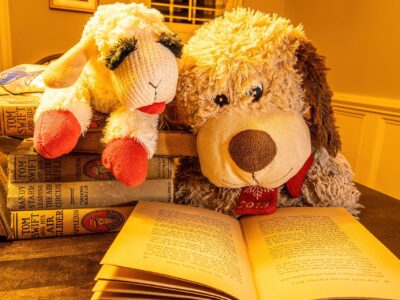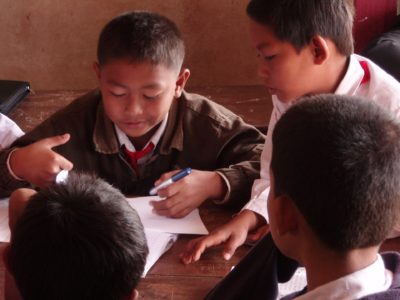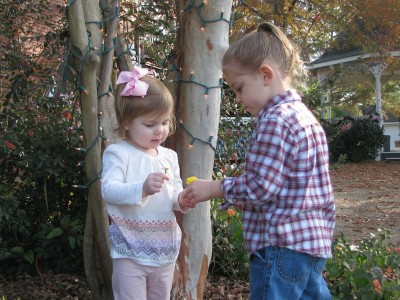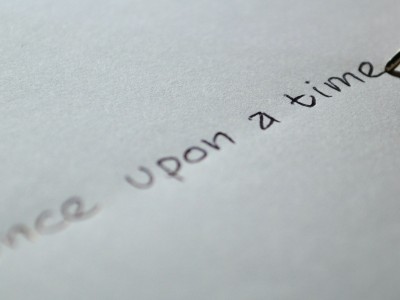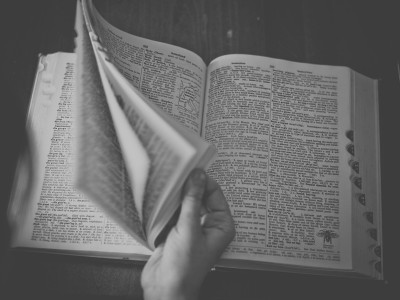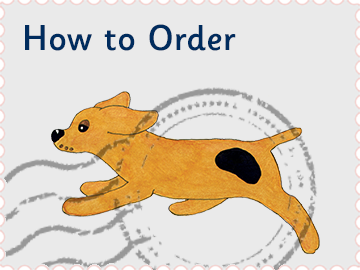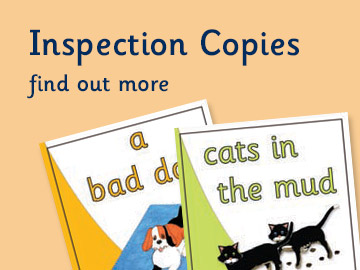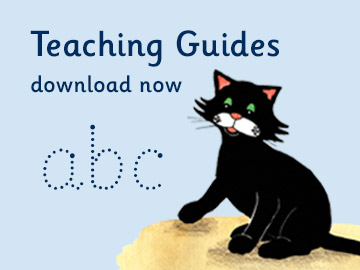Latest from Jelly and Bean News & Blog
When we were children, people of my generation were taught that there are five vowel letters in the alphabet. The vowel letters are ‘a, e, i, o, u’. We were also taught that there are twenty-one consonant letters. The consonant letters are ’b, c, d, f, g, h, j, k, l, m, n, p, q, […]
Posted 09/01/2023
The short answer to this question is no. Phonemes are not the basic units of speech. Phonemes are categories of sounds abstracted from the speech of people in a given community that change the meaning of utterances. They are not separate sounds which are combined together to form speech. They do not exist as separate […]
Posted 25/02/2022
In 2005 Dr Jonathan Solity and his team identified 100 words which make up 53% of the written words in children’s and adult’s reading books. These very frequently occurring words come from the database of over 850,000 words found in these books. These 100 words are: a, about, after, all, am, an, and, are, as, […]
Posted 15/03/2019
Answer: When it crosses a syllable boundary. A digraph is two letters that combine together to correspond to one sound (phoneme). Examples of consonant digraphs are ‘ch, sh, th, ng’. Examples of vowel digraphs are ‘ea, oa, oe, ie, ue, ar, er, ir, or, ur ‘. If we think about consonant digraphs first we see […]
Posted 31/01/2018
Syllables Syllables are the smallest units of spoken language that humans articulate in normal speech. They are made up of a vowel called the ‘nucleus’ and an optional consonant before and/or after the vowel. *** The consonant (or cluster of consonants) before the vowel is called the onset. The consonant (or cluster of consonants) after […]
Posted 12/11/2017
In the 17th century, the spellings of English words were ‘set in stone’ when the first dictionaries were written. These spellings have not changed over time. It is because of this, that we can read books written in previous centuries. However, the 26 letters of the English alphabet are pronounced in many different ways in written […]
Posted 18/12/2016
A short summary from Reading in the Brain by Stanislas Dehaene, published 2009. Dehaene uses Uta Frith’s three step model of reading acquisition as the psychological basis of how children learn to read. Frith’s psychological model of reading acquisition is: Step 1. Logographic or pictorial stage Step 2. Phonological stage Step 3. Orthographic stage 1. Logographic […]
Posted 10/01/2016
LEARNING TO READ WORDS An interpretation of a 2005 paper by Linnea C. Ehri “Words are the basic units that reader’s eyes pick up and process to construct meaning out of print.” “Eye movement studies show that when readers read a text, their eyes land on practically every word.” “Because words are always spelled the […]
Posted 30/12/2015
A summary taken from a paper by Professor Robert F Port 2006 Speech sounds are articulated very quickly, i.e. between 10-15 sounds are uttered within a second. Human speech produces complex sound patterns, delivered temporally (i.e. within a timescale). Humans can recognise speech at this rate, and understand it in their own language. It is […]
Posted 21/12/2015
A word without meaning is not a word In the summer of 2010 the British government updated its core criteria for publishers for producers of synthetic phonic programmes and supporting materials for teaching children to read. These core criteria, as they stood at 1st March 2012, can be found here. https://www.gov.uk/government/uploads/system/uploads/attachment_data/file/298420/phonics_core_criteria_and_the_self-assessment_process.pdf Since these criteria were introduced all children […]
Posted 09/09/2015

